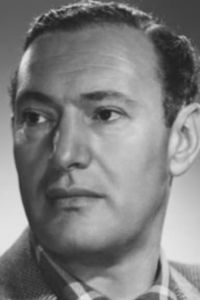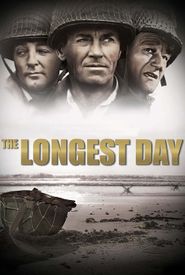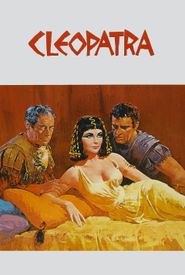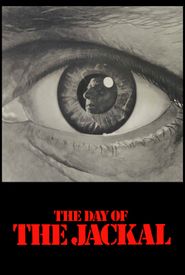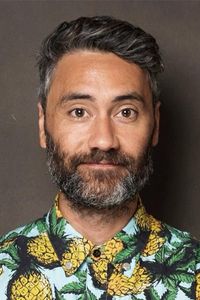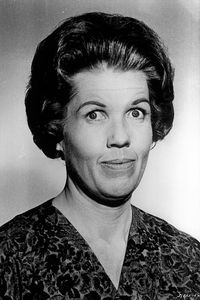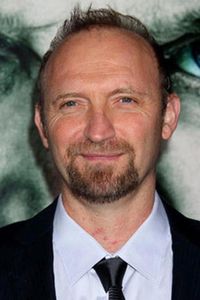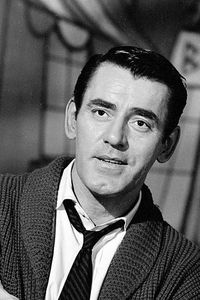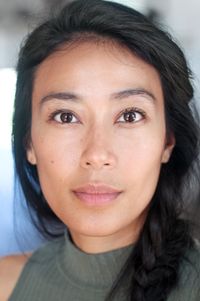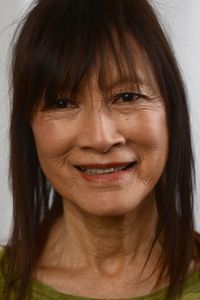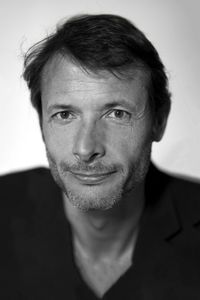Endre Marton, a Hungarian-born filmmaker, began his career in the film industry as an editor and assistant director with Vita and Sascha Films in Vienna. He then briefly worked in Hollywood with Ernst Lubitsch in 1923 before returning to Germany, where he was signed as chief editor by the Tobis company.
As a young man, Marton spent much of his youth in the Tyrolean Alps, developing an adventurous spirit and a fondness for spectacular mountain scenery and skiing. This experience likely contributed to his being hired by MGM to direct the ski sequences for Greta Garbo's Two-Faced Woman in 1941.
Marton's work was often typified by outdoor adventure subjects, such as The Wild North, Green Fire, and Storm Over Tibet, which he filmed on location in Tibet. He was known for taking risks to achieve suspense and an authentic feel for location, as exemplified by his experience filming The Wild North in Sun Valley, Idaho, where he and actor Stewart Granger fell into an icy crevice and were trapped for over two hours.
One of Marton's most prestigious assignments came about by chance, when he replaced Compton Bennett as director of King Solomon's Mines in 1950 after the latter fell ill. Marton's chief claim to fame, however, lies in his work as a second-unit director, particularly on William Wyler's Ben-Hur and the Normandy invasion sequences for The Longest Day.
After his contract with MGM expired in 1954, Marton founded his own production company with fellow Hungarian émigrés Ivan Tors and Laslo Benedek. He later focused on TV adventure series, directing the pilots for Daktari and Cowboy in Africa.
